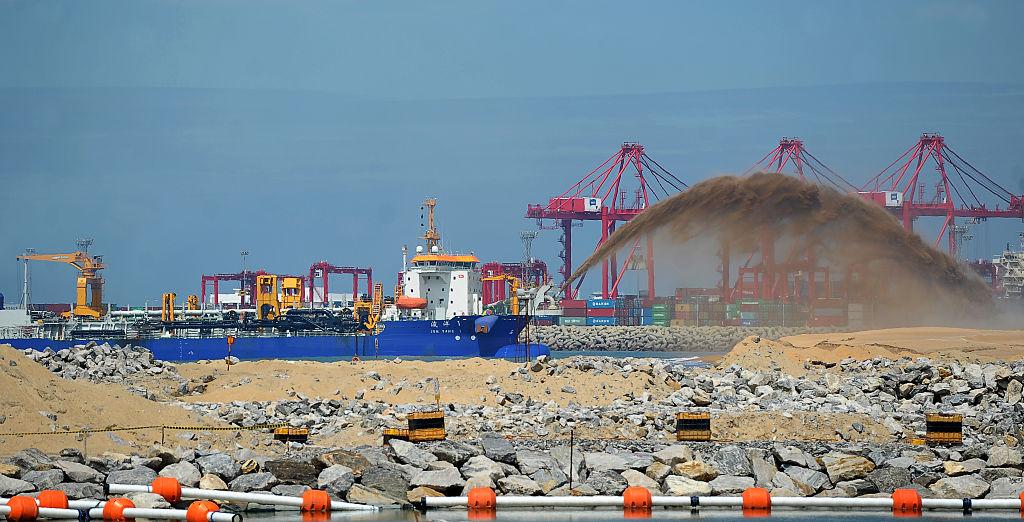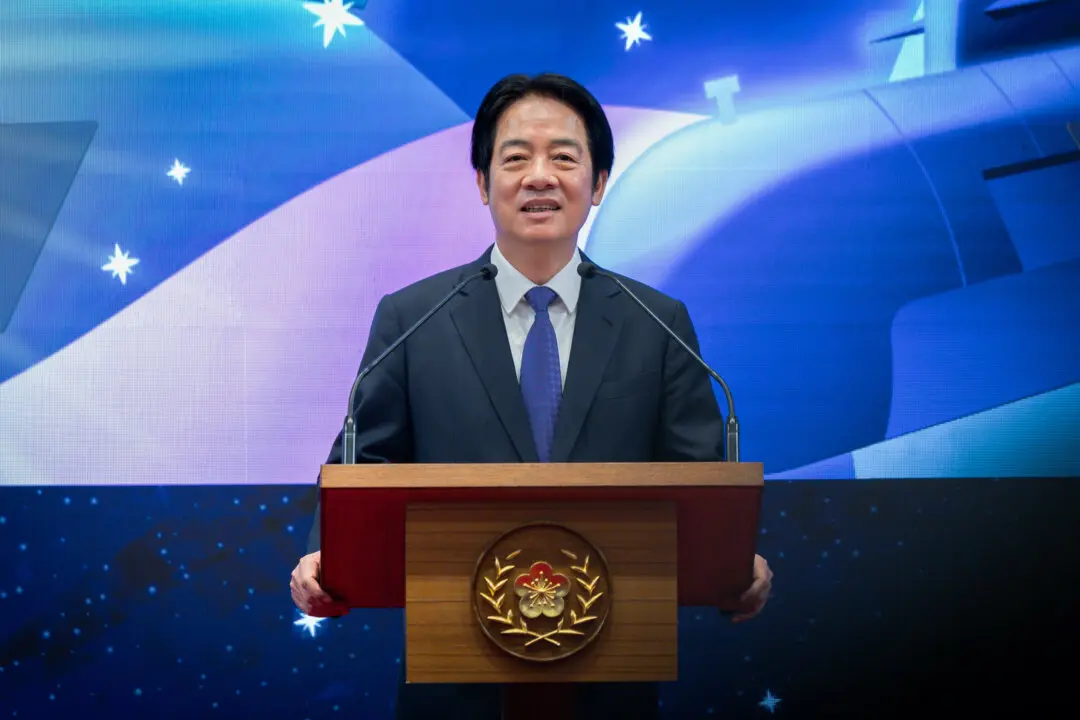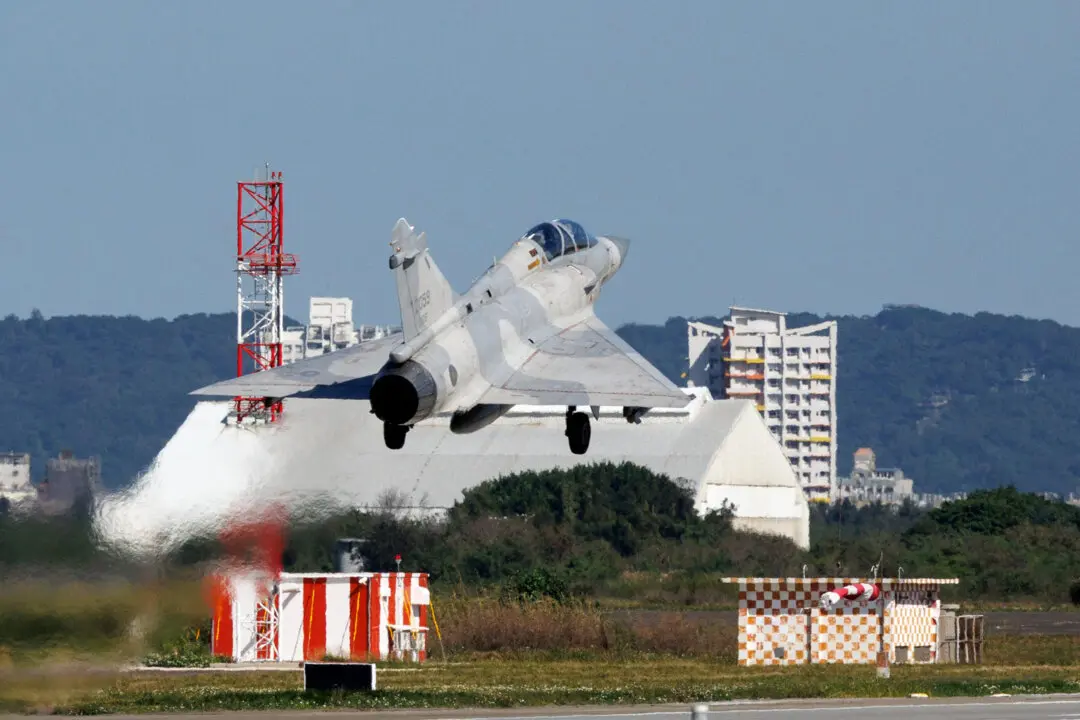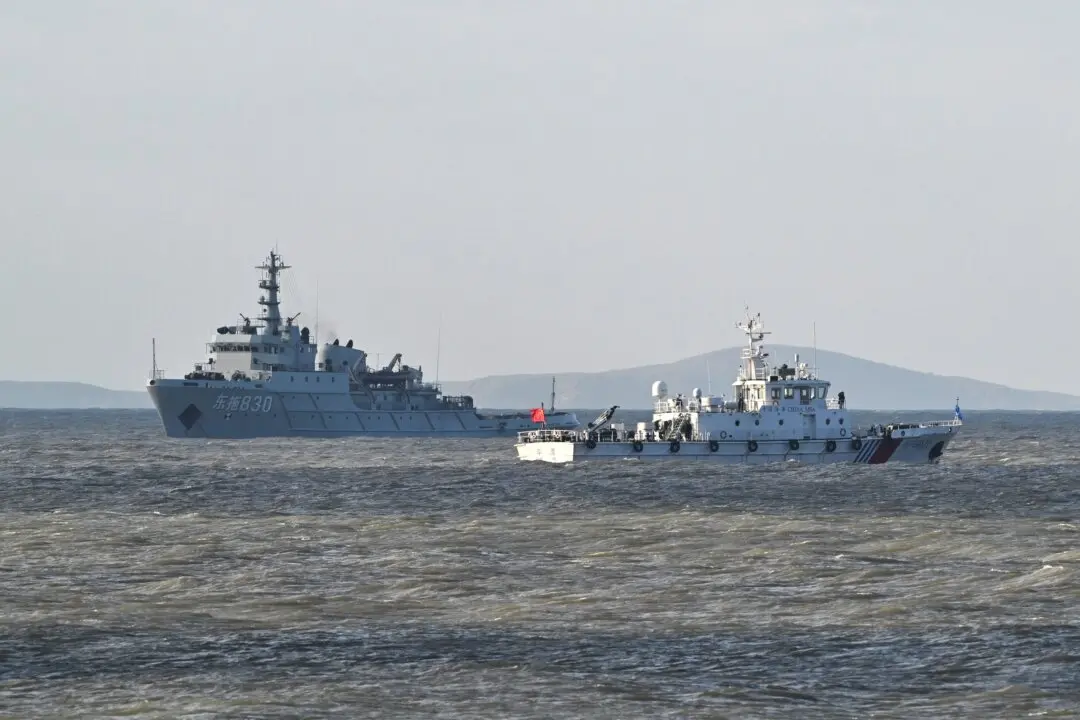Sri Lanka recently signed a deal with India and Japan to develop a sea container terminal in the island country, almost two years after the government signed away ownership of a nearby port to China after defaulting on loans.
The three nations signed a memorandum of cooperation (MoC) on the joint development of the East Container Terminal (ECT) at the Colombo Port on May 28, according to Indian daily newspaper The Hindu.





